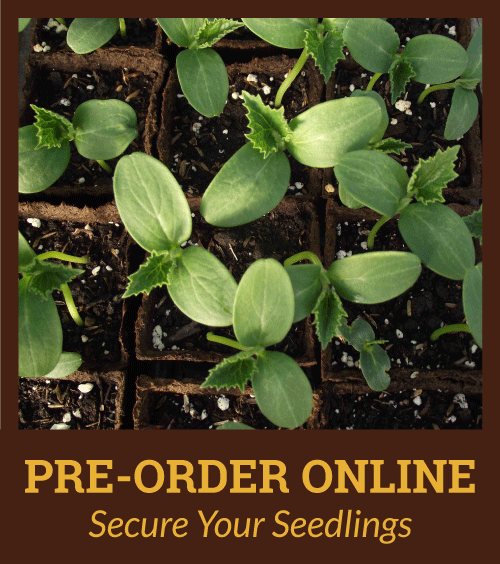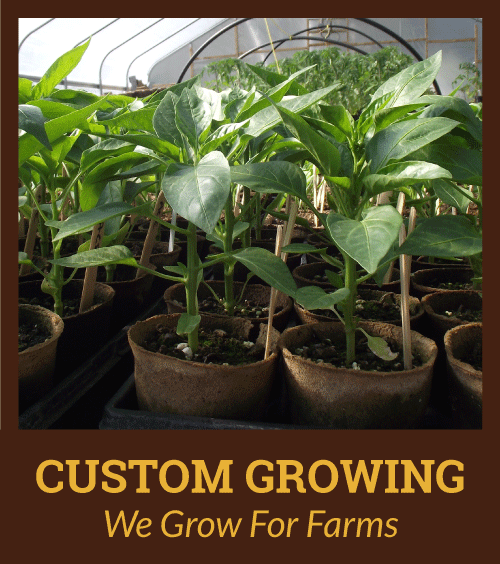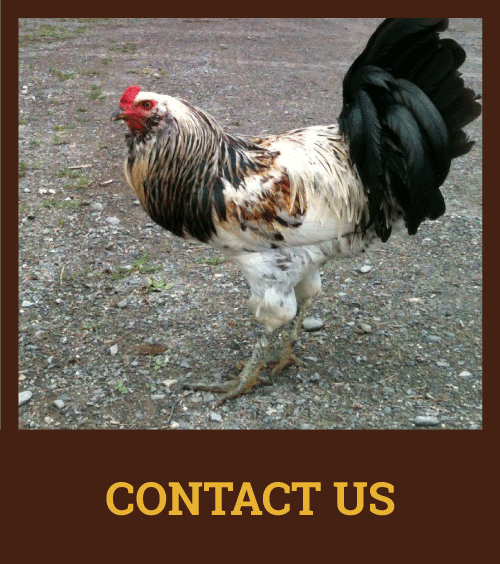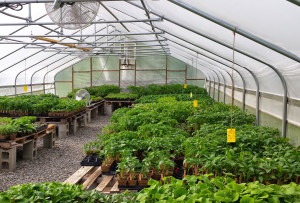 1. Loosen the soil if possible. Insert a broad fork or digging fork deeply into the soil at 6″ intervals to break up any compaction and to allow air and water below the depth of tillage. Rototillers create a hardpan, a layer of compacted soil, at the bottom of the tilled zone. Breaking this up with a fork permits the roots of plants to grow deeper than the tilled area, and also allows plants to find water and nutrients deep in the soil. Loosening allows for better percolation of rain water and irrigation.
1. Loosen the soil if possible. Insert a broad fork or digging fork deeply into the soil at 6″ intervals to break up any compaction and to allow air and water below the depth of tillage. Rototillers create a hardpan, a layer of compacted soil, at the bottom of the tilled zone. Breaking this up with a fork permits the roots of plants to grow deeper than the tilled area, and also allows plants to find water and nutrients deep in the soil. Loosening allows for better percolation of rain water and irrigation.
2. Transplant to a healthy, fertile soil that has been amended with good compost if possible. Compost retains moisture in sandy soil and protects against water logging in poorly drained soil. Compost is full of living microorganisms necessary for transferring nutrients to and maintaining healthy plants. We recommend testing your soil to determine the levels of nutrients available in your soil. These tests are easy and inexpensive. Sample boxes and forms are free from the University of Maine. Return them to the university for analysis. A typical soil test analysis is around $15.
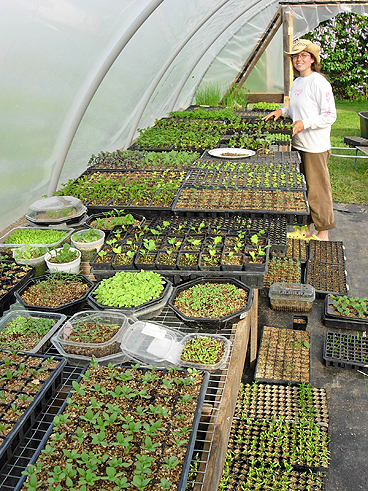 3. Transplant your plant into the ground at the end of the day or on a cloudy day when the sun won’t be harsh, and water each plant well. Take care of the roots and disturb them as little as possible while transplanting (this is where the plantable pots are great). Place your plant in the ground keeping it at the same depth it was in the pot (except tomatoes which should be planted deeply because they grow roots along their stems; and broccoli which can be planted up to its”neck” just under the first set of leaves for added support). Firm the soil around the plant gently to fill in any large air spaces around the roots.
3. Transplant your plant into the ground at the end of the day or on a cloudy day when the sun won’t be harsh, and water each plant well. Take care of the roots and disturb them as little as possible while transplanting (this is where the plantable pots are great). Place your plant in the ground keeping it at the same depth it was in the pot (except tomatoes which should be planted deeply because they grow roots along their stems; and broccoli which can be planted up to its”neck” just under the first set of leaves for added support). Firm the soil around the plant gently to fill in any large air spaces around the roots.
4. Protect cold-sensitive plants (basil, tomatoes, peppers, eggplants, zinnias, etc.) from temperatures below 40 degrees by covering beds with floating row cover, plastic, tarps, or sheets.
Row covers can be left on even after the last frost date to bump up soil warmth, accelerate growth, ward off pests and obtain earlier and better yields early in the season. Cold sensitive plants can be planted out a couple of weeks earlier than normal if kept covered.
Row cover goes a long way to protect plants from disease, especially plants in the cucurbit family: cucumbers, squash, zucchini, pumpkins, etc. We cover cucurbit seedlings immediately after transplanting. This helps tremendously with flea beetles and cucumber beetles. We take the cover off once the plants begin to flower so that the bees can get to them for pollination.
5. Avoid crowding! This is the number one rocky mistake. We instinctively want to make our garden beds look luscious right away. Know how big your plant will be at maturity. Space plants far enough apart so that when they are fully grown, they are not crowded or overlapping their canopies. Air circulation around your plant goes a long way toward avoiding common fungal diseases. Plants compete with each other for food, water and light. You can plant more closely if you have very rich soil with plenty of nutrients to go around. You should space your plants out a bit if you have medium or poor soil nutrition.
6. Most plants prefer full sun (at least 6 hours of direct sunlight). Ask which plants are candidates for shady areas.
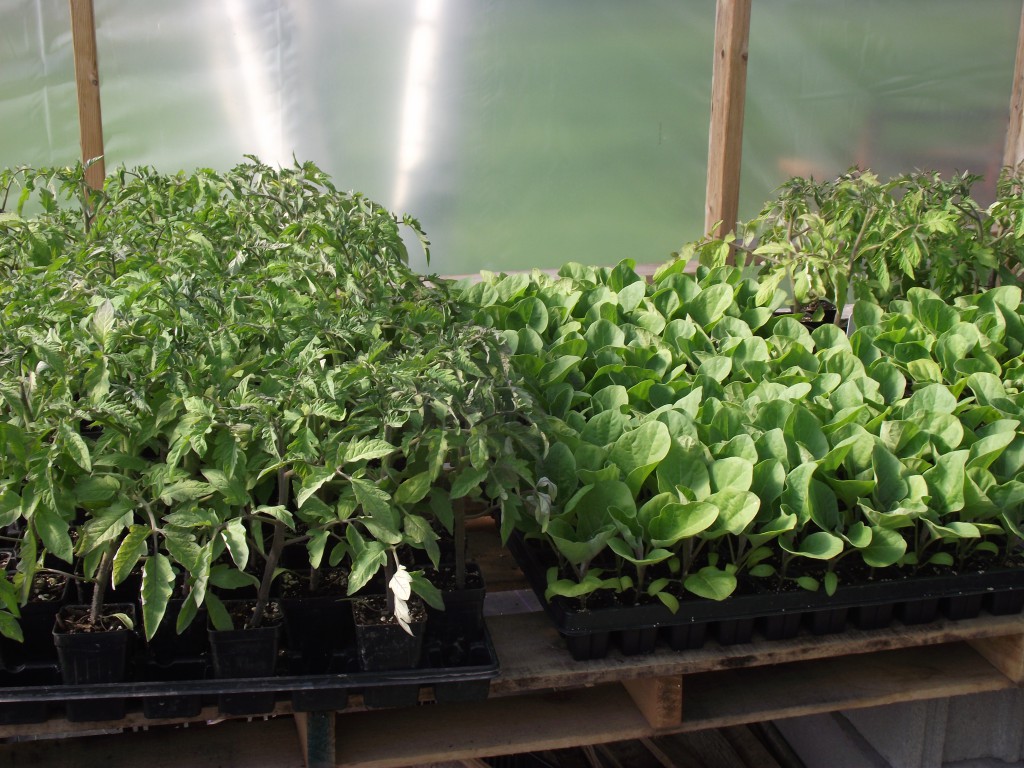 7. Keep weeds in check so that they don’t compete with your intended crop for nutrients, water and light. Some people intentionally plant ground covers around their crop to take the place of the weeds. This is called interseeding or underseeding. Typically, plants chosen to interseed are ones that do not complete with the crop or that benefit the crop. Example: white clover planted under broccoli doesn’t compete too much because clover has very long roots and broccoli has very shallow roots; they seek nutrients from different soil zones. The clover keeps the soil under the broccoli cool, too; a condition conducive to broccoli growth.
7. Keep weeds in check so that they don’t compete with your intended crop for nutrients, water and light. Some people intentionally plant ground covers around their crop to take the place of the weeds. This is called interseeding or underseeding. Typically, plants chosen to interseed are ones that do not complete with the crop or that benefit the crop. Example: white clover planted under broccoli doesn’t compete too much because clover has very long roots and broccoli has very shallow roots; they seek nutrients from different soil zones. The clover keeps the soil under the broccoli cool, too; a condition conducive to broccoli growth.
Nature does not like bare soil, it will grow something to cover it up, might as well be something you intended.
8. Tomatoes: The hairs on the stem develop into roots, so prune off the lower leaves, keeping a couple of sets at the top and bury the plant deep (or lay them on their sides in a trench and bend the growing tip above the soil). Prune off any flowers at transplanting, or, better yet, get your plant in the ground before first blossom. Row cover will provide earlier and heavier yields. Keep plants off the ground for better air circulation and disease control. A lot of tomato diseases come from contact with the soil or soil splashing on the lower leaves. As the plant grows prune any leaves that contact the soil. Some gardeners prune suckers to get earlier fruit. Some prune their plant to have two leading vines and no suckers for larger fruit. Determinate varieties will stop growing by themselves and set fruit in a certain window of time. Indeterminate varieties will continue to grow and grow like a long vine unless pruned, or until frost… attempting to set fruit all the while.




